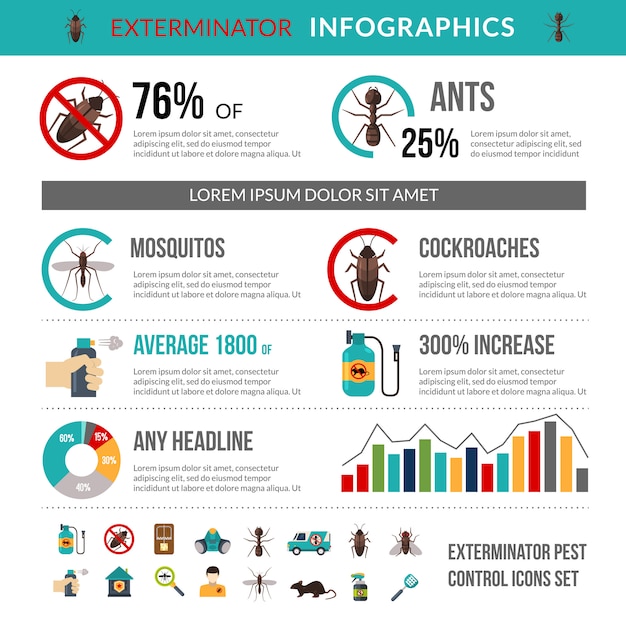Rodent-Proofing Your Attic: Important Tips For Homeowners
Rodent-Proofing Your Attic: Important Tips For Homeowners
Blog Article
Web Content Produce By-Silver Bay
Imagine your attic room as a comfy Airbnb for rodents, with insulation as cosy as resort cushions and wiring much more attracting than room solution. Now, envision Highly recommended Site tossing a wild party in your house while you're away. As a homeowner, ensuring your attic room is rodent-proof is not nearly satisfaction; it has to do with shielding your residential property and liked ones. So, what easy steps can you require to protect your shelter from these furry burglars?
Examine for Access Details
To begin rodent-proofing your attic room, evaluate for entrance factors. Beginning by meticulously analyzing the outside of your home, looking for any kind of openings that rats can make use of to access to your attic room. Look for gaps around utility lines, vents, and pipelines, in addition to any type of cracks or openings in the foundation or house siding. Ensure to pay attention to locations where various structure materials satisfy, as these are common access points for rats.
Furthermore, check the roofing system for any damaged or missing tiles, along with any type of voids around the sides where rodents can squeeze with. Inside the attic room, seek indications of existing rodent task such as droppings, ate cords, or nesting products. Utilize a flashlight to extensively inspect dark corners and hidden rooms.
Seal Cracks and Gaps
Check your attic completely for any splits and spaces that need to be secured to avoid rats from entering. Rats can squeeze with also the tiniest openings, so it's crucial to secure any possible entry points. Examine around pipelines, vents, wires, and where the walls fulfill the roof covering. Use a combination of steel woollen and caulking to seal these openings successfully. Steel woollen is an excellent deterrent as rodents can't chew via it. Make certain that all gaps are snugly sealed to reject access to undesirable pests.
Do not ignore natural rodent control of securing spaces around windows and doors too. Use weather stripping or door moves to secure these areas effectively. Inspect the locations where energy lines go into the attic and seal them off utilizing a suitable sealant. By making the effort to secure all fractures and gaps in your attic room, you develop a barrier that rats will find challenging to violation. Prevention is type in rodent-proofing your attic, so be complete in your initiatives to seal any potential entry factors.
Eliminate Food Sources
Take proactive procedures to get rid of or keep all potential food resources in your attic room to hinder rats from infesting the area. Rats are drawn in to food, so eliminating their food resources is essential in keeping them out of your attic.
Here's what you can do:
1. ** Store food safely **: Prevent leaving any type of food products in the attic. Store all food in closed containers made of metal or sturdy plastic to prevent rats from accessing them.
2. ** Tidy up debris **: Eliminate any kind of stacks of debris, such as old newspapers, cardboard boxes, or timber scraps, that rats can utilize as nesting product or food sources. Maintain the attic clutter-free to make it less appealing to rats.
3. ** Dispose of garbage appropriately **: If you utilize your attic for storage space and have rubbish or waste up there, see to it to take care of it on a regular basis and correctly. Rotting trash bin draw in rats, so maintain the attic room clean and free of any organic waste.
Verdict
Finally, remember that an ounce of prevention deserves an extra pound of treatment when it pertains to rodent-proofing your attic room.
By putting in the time to examine for access factors, seal splits and voids, and remove food sources, you can keep unwanted insects at bay.
Remember, 'An ounce of prevention is worth an extra pound of treatment' - Benjamin Franklin.
Keep proactive and shield your home from rodent infestations.
